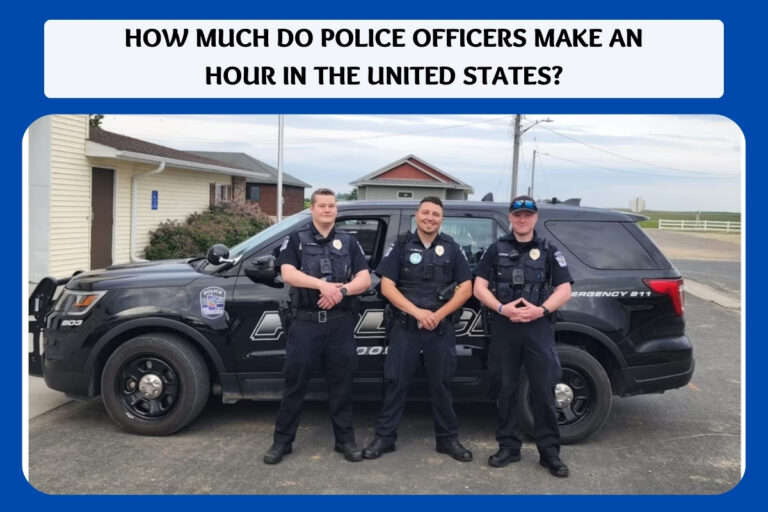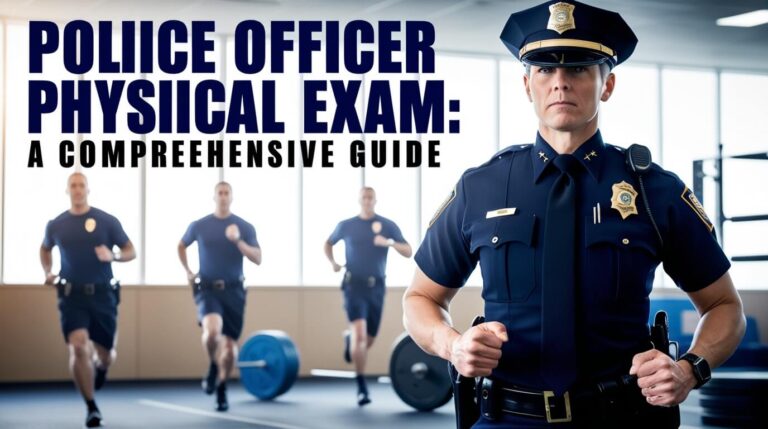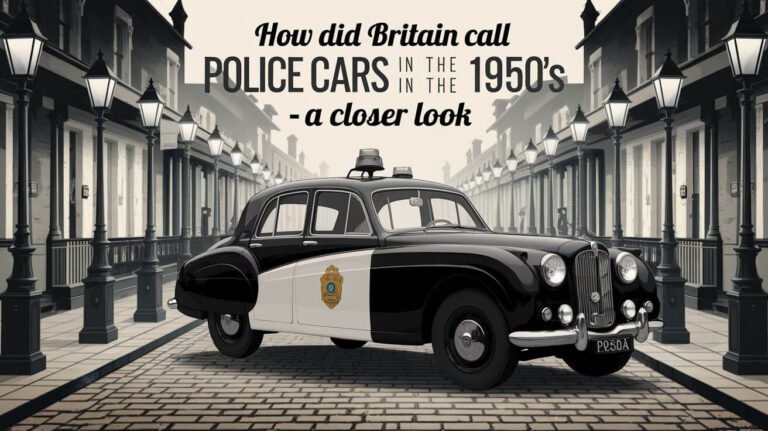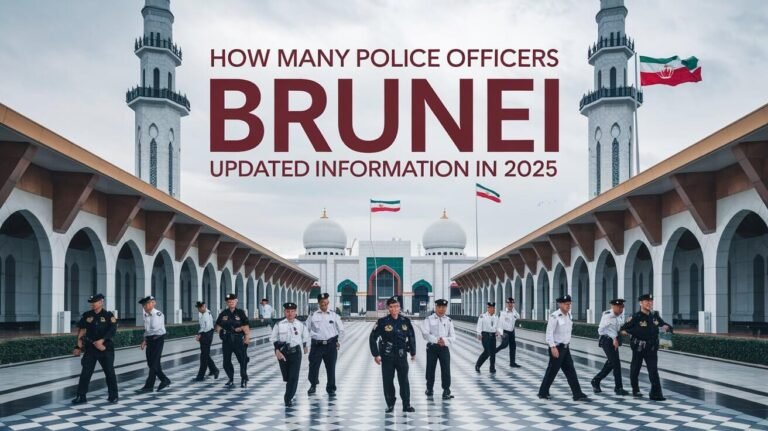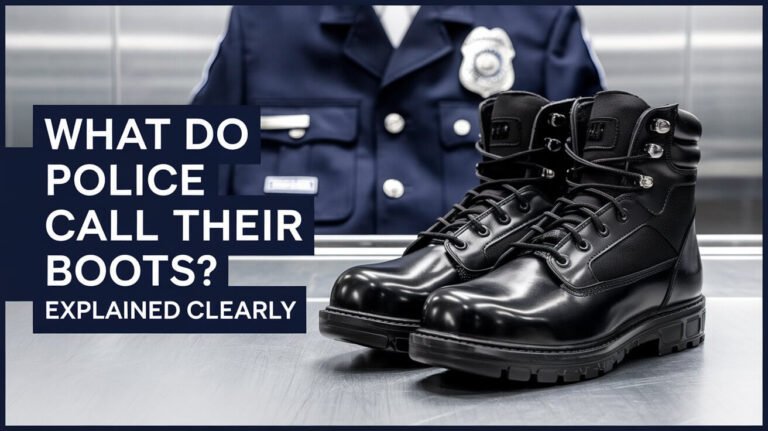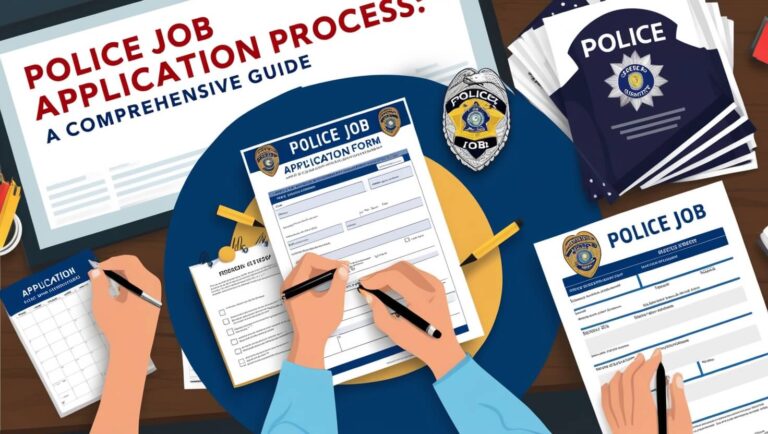Why Do Police Touch Your Car During Traffic Stops?
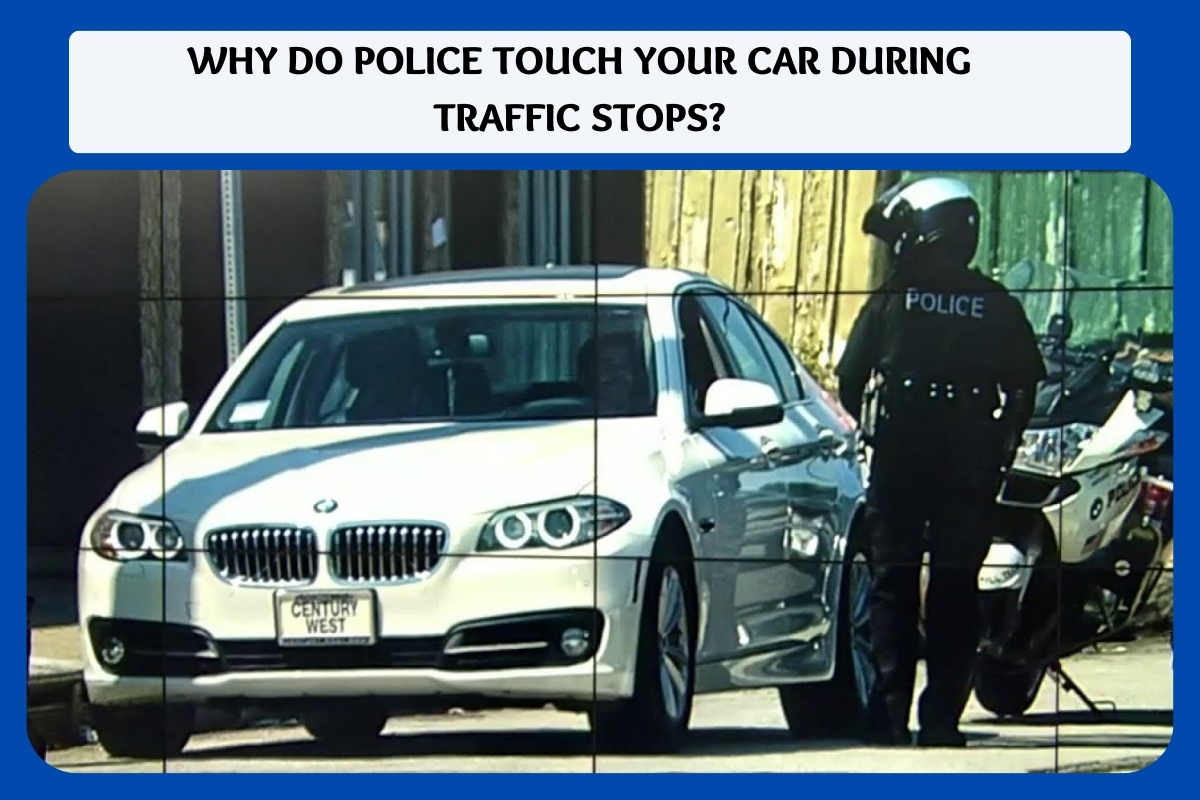
Have you ever been pulled over and noticed the police officer touch your car’s taillight or trunk before approaching your window? This common practice often leaves drivers puzzled and wondering, “Why do police touch your car during traffic stops?”
This guide will explain the reasons for the traffic stop routine, covering safety concerns, legal aspects, and appropriate behavior during stops. After reading it, you’ll understand this law enforcement procedure.
Here’s what will be covered:
- The primary reasons officers touch vehicles during stops
- Whether the practice is still necessary with modern technology
- Safety risks involved in touching cars
- Proper behavior and your rights when pulled over
- Notable incidents related to vehicle touching
- Do’s and don’ts for traffic stops
So buckle up as we explore the nuances of why cops touch your car and what it means for you as a driver.
Reasons Police Officers Touch Cars During Stops
There are three main reasons why an officer may touch the rear of your vehicle during a traffic stop:
1. To Leave Fingerprint Evidence
One of the primary reasons for this practice is to leave fingerprint evidence connecting the officer to the vehicle. In the event that the traffic stop escalates or the officer is harmed, their fingerprints on the car serve as proof of their presence and involvement.
This practice originated before the prevalent use of dash and body cameras, yet some officers and departments still consider it a sensible precaution and evidence collection method.
2. To Check if the Trunk is Properly Closed
Touching the trunk area allows the officer to ensure it is securely closed before approaching the vehicle’s occupants. This stems from an older procedure aimed at preventing potential ambushes or attacks from the trunk area.
Although modern vehicles have internal trunk release mechanisms to prevent entrapment, the habit persists among some officers, particularly those trained before these safety features became mandatory.
3. To Startle or Get a Reaction
In some instances, an officer may touch or tap the vehicle to startle the driver or passengers intentionally. This tactic is occasionally employed when the officer suspects the occupants may be attempting to hide contraband, weapons, or engaging in other illegal activities.
The sudden noise or movement could reveal suspicious behavior or movements, aiding the officer’s assessment of the situation before making direct contact.
Though not an official procedure, some officers may touch vehicles if they sense potential danger or misconduct.
Is It Still Necessary With Modern Technology?
With the proliferation of dashboard and body-worn cameras in law enforcement, one could argue that physically touching a vehicle is no longer absolutely essential. After all, these devices capture clear audio and video evidence of traffic stops.
However, many officers and departments still believe there is value in maintaining this traditional practice as an additional layer of evidence and security.
Video footage is valuable, but physical evidence like fingerprints directly linking an officer to a vehicle or location remains important. Many agencies still train officers to touch cars during traffic stops for this reason.
That said, some police forces have moved away from the trunk tap procedure, citing safety risks that will be explored later in this guide.
Safety Concerns Around Touching Vehicles
One major criticism and concern regarding police officers touching vehicles during stops is the potential safety risk it poses to the officers themselves.
By positioning themselves behind the vehicle, officers are in a vulnerable position should the driver accidentally or intentionally put the car in reverse. This could result in the officer being struck or run over by the vehicle, leading to severe injuries or even loss of life.
Due to this risk, some police departments have modified or prohibited the practice of touching trunk areas entirely. Instead, officers may be instructed to approach vehicles from the rear quarter panel or side areas to avoid standing directly behind the vehicle.
Other departments have doubled down on training to ensure officers only touch trunks when they deem it safe and necessary, such as when they have backup present or the occupants have already exited the vehicle.
Alternatives to Touching the Vehicle
To mitigate safety risks while still gathering information about a vehicle’s occupants and status, many law enforcement agencies have adopted alternative procedures during traffic stops:
Using spotlights/flashlights: Rather than physically touching the vehicle, officers can inspect it from a distance using their cruiser’s spotlight or a powerful flashlight. This allows them to scan the interior and observe any suspicious movements.
Verbal commands: Before approaching, officers often issue verbal instructions to occupants through the cruiser’s public address system or while standing near the vehicle. Responses and compliance (or lack thereof) can provide insights into potential threats.
Officer positioning: Proper positioning tactics are emphasized, with one officer providing cover from the passenger side while another makes contact with the driver. This crossfire stance enhances safety.
Trunk key fobs: Some departments have explored using key fobs that can open a vehicle’s trunk from a distance, eliminating the need to make physical contact.
These alternative methods aim to uphold officer safety while still enabling situational assessment before the face-to-face portion of a traffic stop.
How to Properly Conduct Yourself During a Stop
While the reason behind an officer touching your car may seem trivial or perplexing, it’s crucial to remain calm and compliant during any interaction with law enforcement. Here are some essential tips:
Follow instructions: If an officer instructs you to keep your hands on the steering wheel, provide your documentation, or step out of the vehicle, promptly follow their directives without argument. Remaining cooperative is in your best interest.
Keep hands visible: Resting your hands on the steering wheel in plain sight reassures the officer you are not concealing weapons or attempting to access prohibited items. This simple action helps deescalate the situation.
Know your rights: You have the right to refuse searches of your vehicle unless the officer has probable cause. If detained, you can invoke your right to remain silent and request legal counsel.
Don’t exit unless asked: Never exit your vehicle during a traffic stop unless specifically instructed to do so by the officer. Exiting unannounced could be perceived as a threat.
Avoid confrontation: While you may disagree with the reason for the stop, challenging or arguing with the officer during the stop itself seldom improves the situation. Remain courteous and composed.
Provide requested items: If the officer requests your driver’s license, registration, and proof of insurance, provide these items without delay or excessive movement that could be misinterpreted.
By maintaining a calm, compliant demeanor and knowing your rights, you can help ensure the traffic stop proceeds as smoothly and safely as possible for all parties involved.
High Profile Incidents Involving Vehicle Touching
In some high-profile incidents, the practice of officers touching vehicles during traffic stops has garnered significant media attention and scrutiny:
These events highlight the potential risks and controversies surrounding the vehicle touching procedure when interactions escalate or police conduct is questioned.
Though infrequent compared to the numerous routine traffic stops each year, such incidents highlight the need for law enforcement and civilians to follow proper protocols and exercise caution during these encounters.
Do’s and Don’ts When Stopped By Police
To summarize some key do’s and don’ts regarding your conduct when pulled over by law enforcement:
Do’s:
- Do keep your hands visible on the steering wheel
- Do follow all instructions from the officer promptly
- Do provide requested documentation without argument
- Do remain calm and courteous
Don’ts:
- Don’t make any sudden movements
- Don’t exit your vehicle unless explicitly told to do so
- Don’t argue or confront the officer during the stop
- Don’t reach under seats or into compartments without permission
By adhering to these simple guidelines, you can help ensure your own safety and that of the officer during an otherwise stressful situation.
Conclusion
While the reasons for why police touch your car during traffic stops may seem peculiar at first glance, this long-standing practice serves important purposes in terms of evidence gathering, officer safety assessment, and time-honored procedures.
Whether leaving fingerprints, checking trunks are secure, or attempting to gauge a driver’s reaction, the touching of a vehicle is a routine action that should not inherently cause alarm. However, it’s wise for all civilians to remain alert, comply with lawful orders, and know their rights when interacting with law enforcement officers.
By understanding the nuances of police procedures like this one, we can foster greater mutual respect, safety, and accountability between police and the communities they serve during traffic stops and other encounters.

